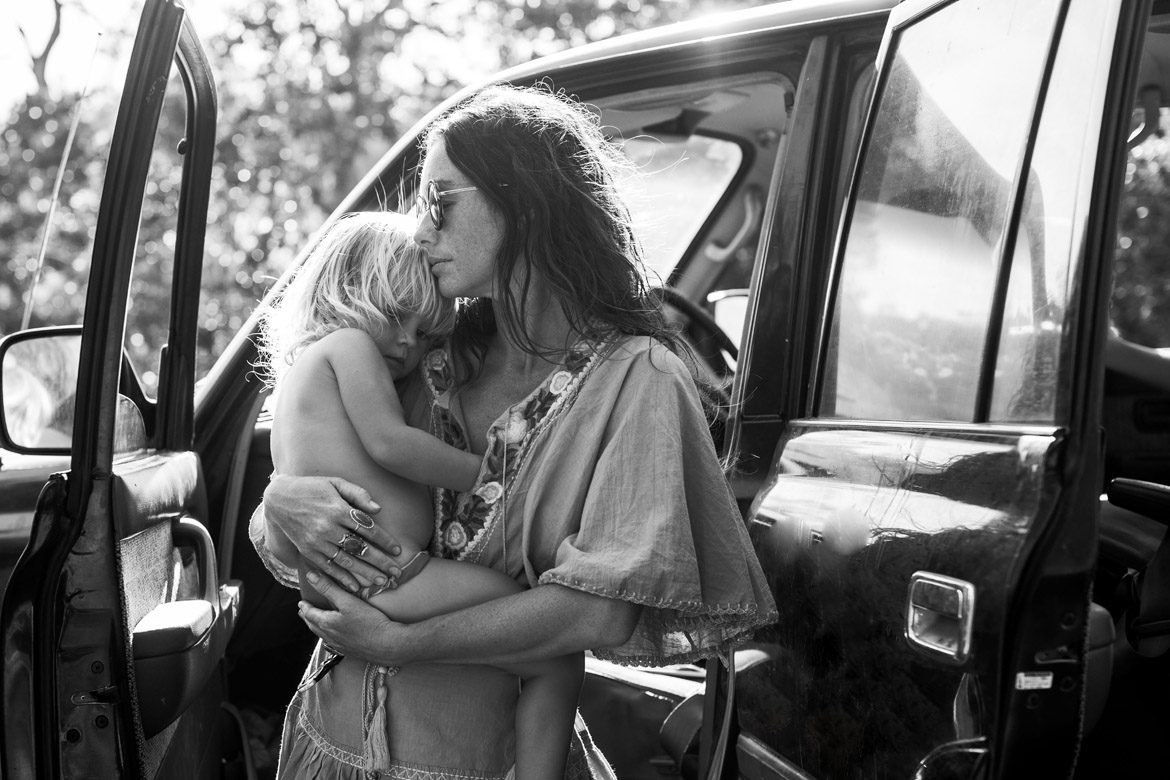By Dr Laura Markham
Anthropologists say that Inuits, whose world is full of snow, have at least 50 words for variations of snow. Inuit children learn those words and attach them accurately to the many varieties of snow simply by hearing them used in context. Similarly, when parents talk about a wide range of emotions, kids learn to understand their own emotions and those of other people. Understanding and accepting emotions is the first step in learning to regulate them.
If you’re wondering how there could be 50 different emotions, you’ll be interested in the Feelings Wheel, invented by Dr. Gloria Willcox, which colorfully illustrates the wealth of emotions available to us. But don’t worry if you find the idea of so many emotions overwhelming. You can also think in terms of just the four basic emotions:
Happiness, which includes love, joy, and peace. This is our natural state, when we’re in flow.
Fear, which is a reaction to threat and includes terror, anxiety (fear of an unspecified threat), worry (fear of a specific threat) and the feeling of being powerless or defenseless. Note that when mammals feel fear, they often shift into anger as a defense.
Sadness, which is a reaction to loss and disappointment, and includes grief, depression and loneliness. Note that many people defend against disappointment and sadness by becoming angry.
Anger, which is a reaction to threat from within or without and includes irritation, frustration and rage. Note that when anger is not heard, the person may turn it inward so that it becomes depression or numbness.
How can you teach your child about emotions? Simply observing what your child and other people are feeling, and commenting on it in a nonjudgmental, accepting way, teaches children to identify emotions in themselves and others. As you go through your day, look for opportunities to acknowledge your child’s feelings:
- “You look frustrated.”
- “You’re jumping up and down! You must be excited!”
- “I understand. You feel safer when you know exactly what’s going to happen. Me, too.”
- “I hear you! You really don’t like spinach and you wish you could never see it again!”
See next page for more on how to teach your child about emotions…











